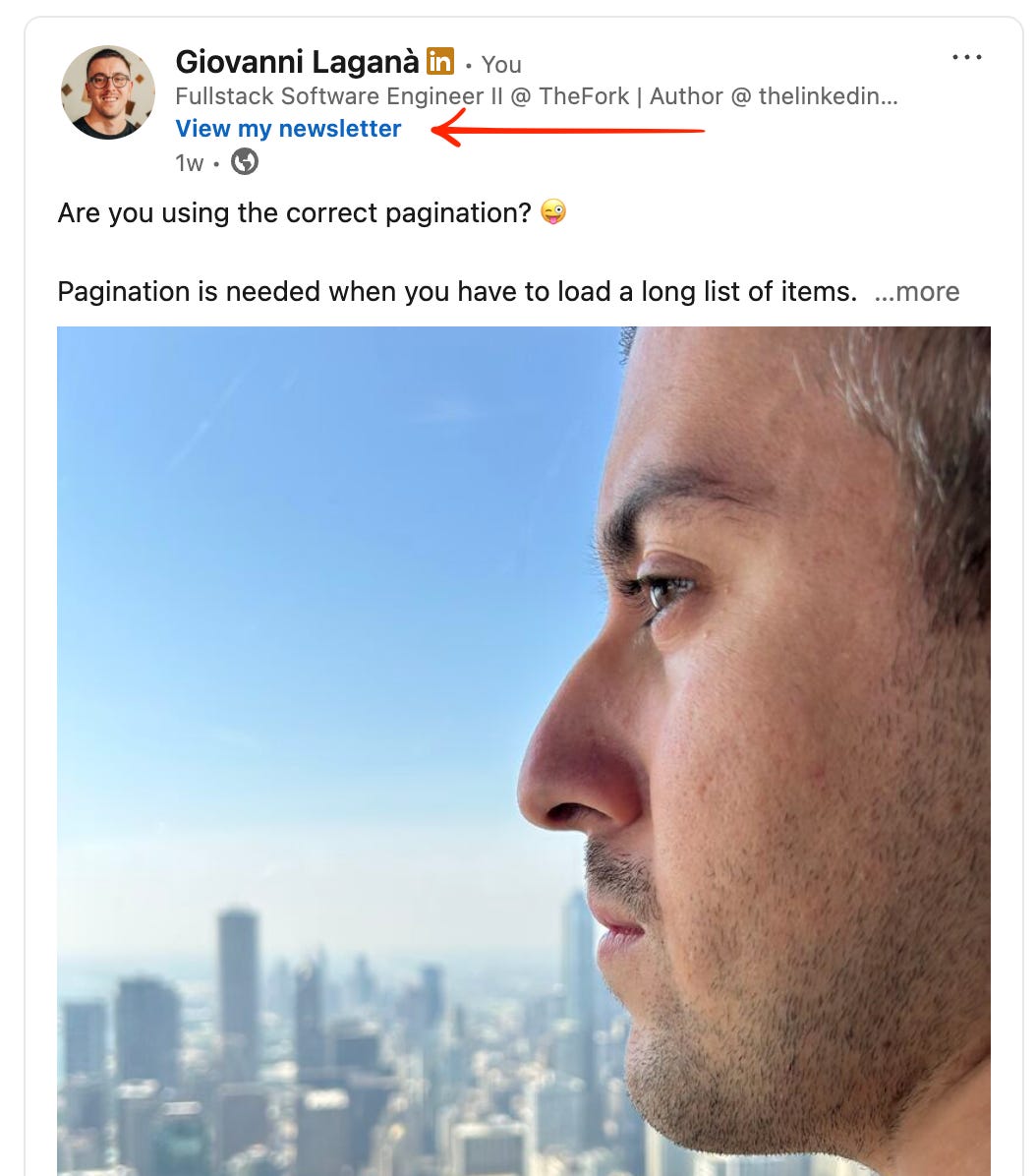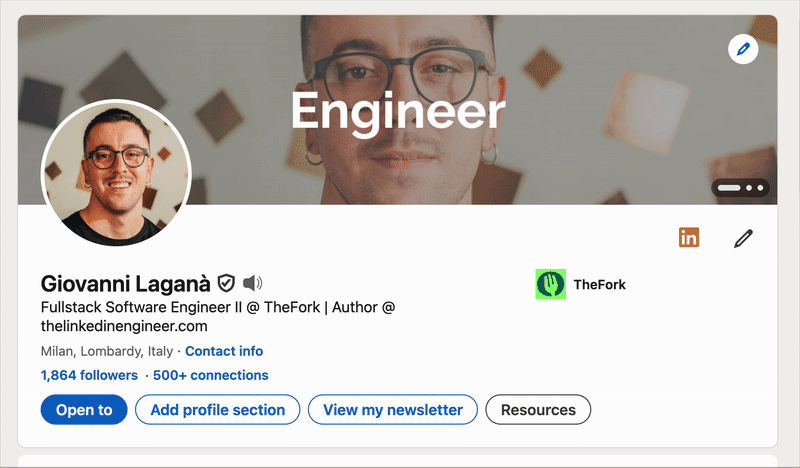LinkedIn Premium: is it worth it for developers? 💰
A look at the pros, cons, and the real cost.
Sooner or later, every active LinkedIn user sees it: that tempting offer to "Try Premium for free for 1 month." It promises exclusive features, more visibility, and a secret edge in your career.
But then you see the price. And as a developer, you naturally start to analyze the cost versus the benefit. Is LinkedIn Premium a smart investment that can accelerate your career, or is it just an expensive luxury with a few cool, but non-essential, features?
As with most things in tech, the answer is: it depends.
Let's break down what you actually get, the real pros and cons for a software developer, and my final verdict on whether it's worth your money.
What do you actually get with premium career? 🎁
LinkedIn offers different tiers of Premium. The one targeted at job seekers and professionals looking to grow is "Premium Career." When you subscribe, you unlock a few main features:
Full "Who's Viewed Your Profile" list: You can see everyone who has viewed your profile in the last 90 days (instead of just the last 5).
InMail credits: You get a certain number of messages (usually 5 per month) that you can send to anyone on LinkedIn, even if you're not connected.
Applicant insights: When you apply for a job, you can see how you compare to other applicants (based on skills, experience, etc.).
LinkedIn Learning access: You get full access to the huge library of courses on LinkedIn Learning.
Enhanced "Creator" features: You get access to extra features and analytics if you have Creator Mode turned on.
So, are these features actually useful for a developer?
The pros: where premium can give you an edge ✅
In certain situations, Premium can be genuinely helpful.
If you are actively and urgently job searching: This is probably the strongest case for getting Premium, even if just for a month or two.
Seeing the full list of who viewed your profile can be very powerful. If you see a hiring manager from a company you just applied to, you know your application got their attention.
Applicant insights can help you understand if you're a strong candidate or if a role is a long shot, helping you focus your energy.
If you need to contact someone specific: Those 5 InMail credits per month can be your ticket to getting in touch with a specific hiring manager at your dream company when you have no other way to contact them. A well-written InMail can get a response.
The "creator" features: are they the real secret weapon? 👨💻
Now, let's talk about the features that are often the most interesting for developers who are active on the platform.
✨ The feature I personally find most powerful is the custom button on your profile. If you have Creator Mode turned on, Premium allows you to use a more prominent custom call-to-action (CTA) button at the top of your profile and under your name in the feed (for example, mine says "View my newsletter"). This is a fantastic tool if you have a portfolio, a blog, or a newsletter you want to promote. It's a direct line to your personal brand.
Another very original feature is the ability to add a dynamic slideshow as your profile cover. Instead of a static image, you can create a short presentation of your best projects, key skills, or career highlights. It’s a very dynamic and creative touch that can immediately make your profile stand out from the crowd and tell a visual story about who you are as a developer.
The cons: the price and the reality of the features ❌
Now, let's look at the other side of the coin.
The biggest con is the price. At around €30-€40 per month, LinkedIn Premium is not a small expense. It's a significant subscription cost, and you have to ask yourself if you're getting enough value for that money every single month.
The reality for most developers: If you are a skilled developer who is not desperately looking for a job, the value of the main features drops significantly.
You already attract recruiters. As I've said in other articles, a strong developer profile with the right keywords and activity will naturally attract inbound messages from recruiters. You probably don't need to send InMails or see every single person who views your profile.
Applicant insights are only useful when you're applying. If you're not in an active job search, this feature is useless.
LinkedIn Learning is great, but... many companies already offer free access to other learning platforms like Udemy, Pluralsight, or Coursera as a company benefit.
For the average developer who is happily employed or casually looking, a free LinkedIn account, used strategically, is more than powerful enough.
The final verdict: so, is it worth it? ⚖️
After weighing the pros and cons, here is my personal opinion for you, as a fellow developer.
For the vast majority of software developers (especially if you are currently employed and not actively looking):
No. In my opinion, the price is too high for the benefits you get. The most powerful things on LinkedIn—a great profile, a strong network, and valuable content—are all achievable with a free account.
However, there are two exceptions where it might be worth it:
If you are in an urgent and intense job search (for example, after a layoff). In this specific case, paying for 1-2 months of Premium can be a smart investment to maximize your insights and outreach capabilities when you need them most.
If you are a serious content creator. If you have a newsletter, a popular blog, or a personal brand you are actively trying to grow, the enhanced visibility and the custom CTA button might provide enough value to justify the monthly cost as a business expense.
For everyone else?
It's a "nice-to-have" with a couple of very cool features, but ultimately, it's an expensive luxury. Your time is better spent perfecting your profile and engaging with your community—and that, luckily, is free.




